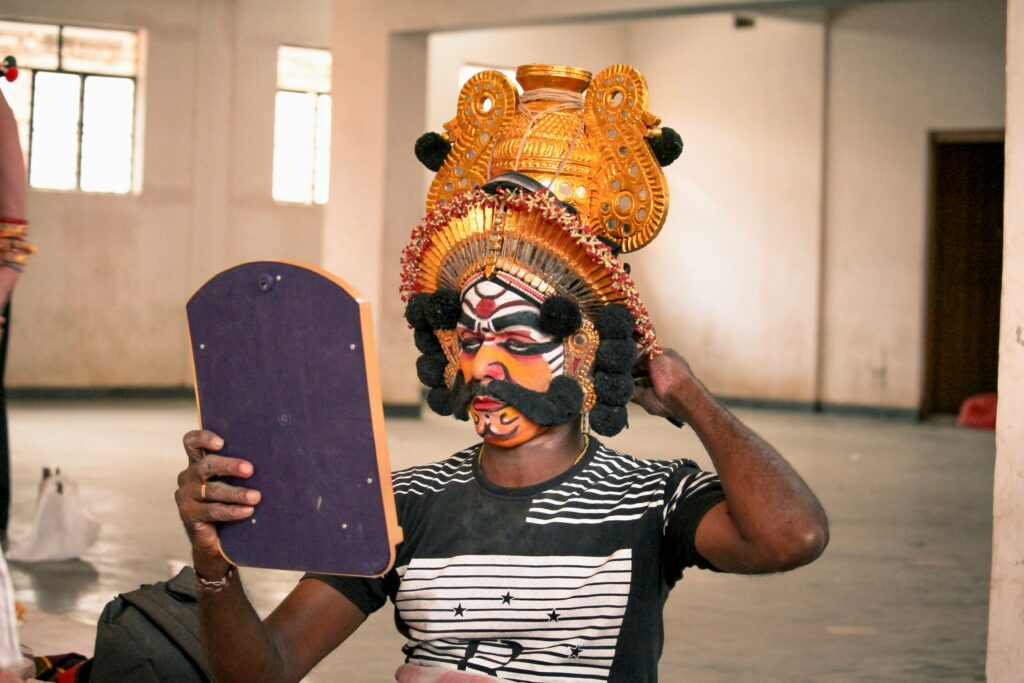
Cultural Highlights: Unveiling the Heritage of Bangalore, Chennai, and Hyderabad
The cultural landscape of South India is rich and diverse, with cities like Bangalore, Chennai, and Hyderabad serving as vibrant showcases of heritage. Each city boasts historical landmarks that offer profound insights into the region’s artistic and architectural journey. In Bangalore, the majestic Vidhana Soudha stands tall as a testament to neo-Dravidian architecture, symbolizing the legislative power of the state. Visitors are often taken by the intricate carvings and the sprawling gardens that surround this iconic structure, which is not just a government building but also a significant piece of Karnataka’s history.
Chennai, known as the cultural capital of Tamil Nadu, is home to the captivating Kapaleeshwarar Temple. Dedicated to Lord Shiva, this temple is an exquisite example of Dravidian architecture, with its grand gopuram (tower) adorned with colorful sculptures. Beyond its architectural beauty, the temple is a center of spiritual and cultural activity, particularly during the annual Panguni Uthiram festival, which draws thousands of devotees and tourists alike, showcasing the deep religious traditions of the region.
Meanwhile, the historical richness of Hyderabad is encapsulated in the grand Golconda Fort. Renowned for its impressive acústic engineering and beautiful palaces, the fort provides a glimpse into the glory of the Qutb Shah dynasty. The fort is surrounded by tales of valor and intrigue, with each stone narrating its own story. Additionally, the unique blend of cultures in Hyderabad is vividly expressed through its cuisine, music, and art, prominently visible during festivals like Bonalu and Bathukamma, which involve vibrant celebrations and local craftsmanship.
Each of these cities features a tapestry of traditional arts and culinary practices that define their cultural identity. From the intricate silk weaving of Bangalore to the classical dance forms of Chennai and the famed biryani of Hyderabad, these elements reflect the enduring legacy of South Indian heritage. The celebration of local festivals further emphasizes the cultural vibrancy, inviting visitors to immerse themselves in the traditions that have been passed down through generations.
Culinary Adventures: A Taste of South India
South India boasts a rich and diverse culinary heritage that reflects its varied geography and culture. Each city offers unique flavors and dishes that are deeply rooted in tradition. In Bangalore, for instance, the breakfast staple of dosas and idlis has become iconic. These fermented rice and lentil crepes and steamed rice cakes are often enjoyed with an array of chutneys and sambar, a spicy lentil soup. Renowned eateries such as MTR (Mavalli Tiffin Room) and Vidyarthi Bhavan serve delectable dosas that draw both locals and tourists alike.
Moving to Chennai, the city is best known for its Chettinad cuisine, characterized by bold spices and aromatic flavors. Signature dishes include spicy Chettinad chicken, served alongside steaming rice and fluffy appams. For an authentic experience, visit restaurants like Anjappar or Chettinad Arusuvai, where traditional recipes have been preserved over generations. In addition to formal dining, local markets such as Koyambedu market offer vibrant food stalls where one can sample street food delights, including sundal and varieties of murukku.
Hyderabad, famous for its royal heritage, presents the world-renowned Hyderabadi biryani, a fragrant rice dish layered with marinated meats and saffron. The dish is a perfect representation of the city’s festive spirit and culinary prowess. The best spots to savor this delicacy include Paradise and Bawarchi, where visitors can indulge in its rich flavors. Street food in Hyderabad is also a highlight, with stalls offering chaat, shawarma, and the highly sought-after haleem, especially during the holy month of Ramadan.
To fully immerse oneself in the vibrant food culture of South India, exploring local eateries and joining food tours can enhance the experience. Understanding regional dining etiquette, such as eating with one’s hands and partaking in communal meals, further enriches the gastronomical adventure. With a plethora of flavors waiting to be discovered, South India’s culinary landscape invites every food lover to indulge in its delectable offerings.